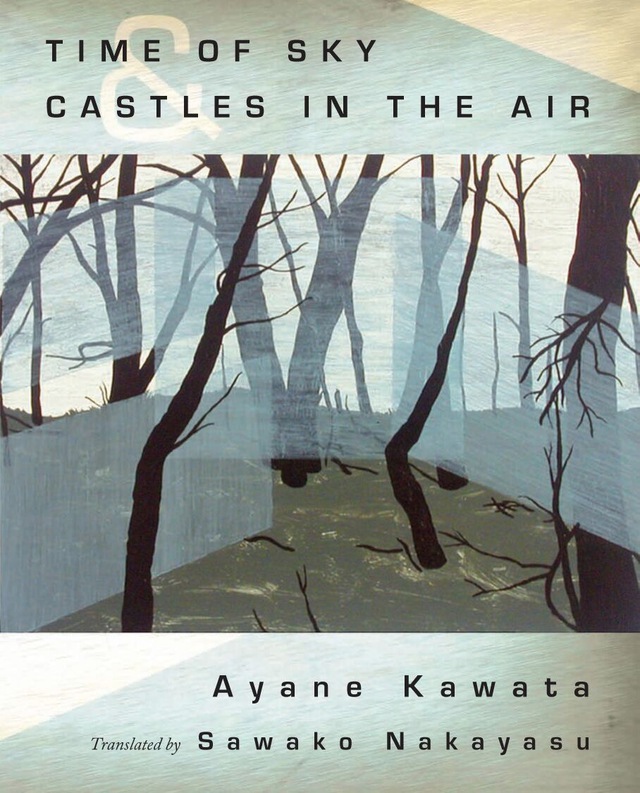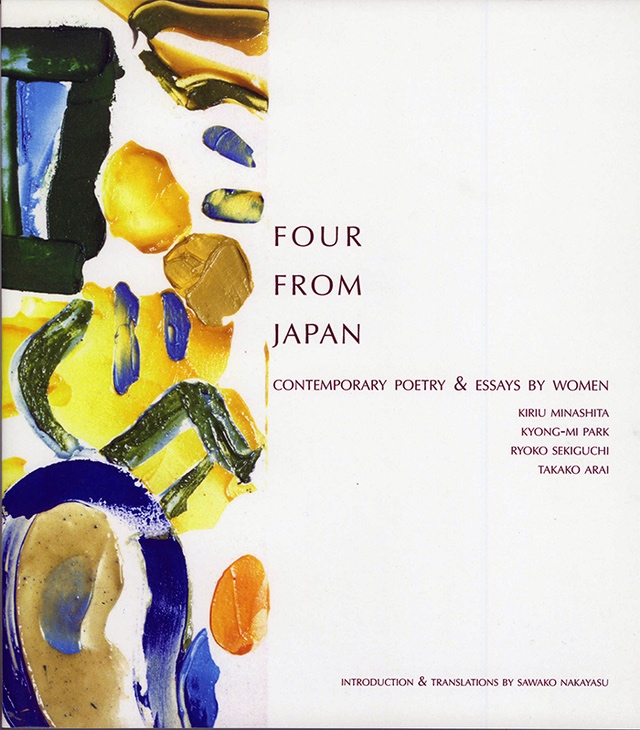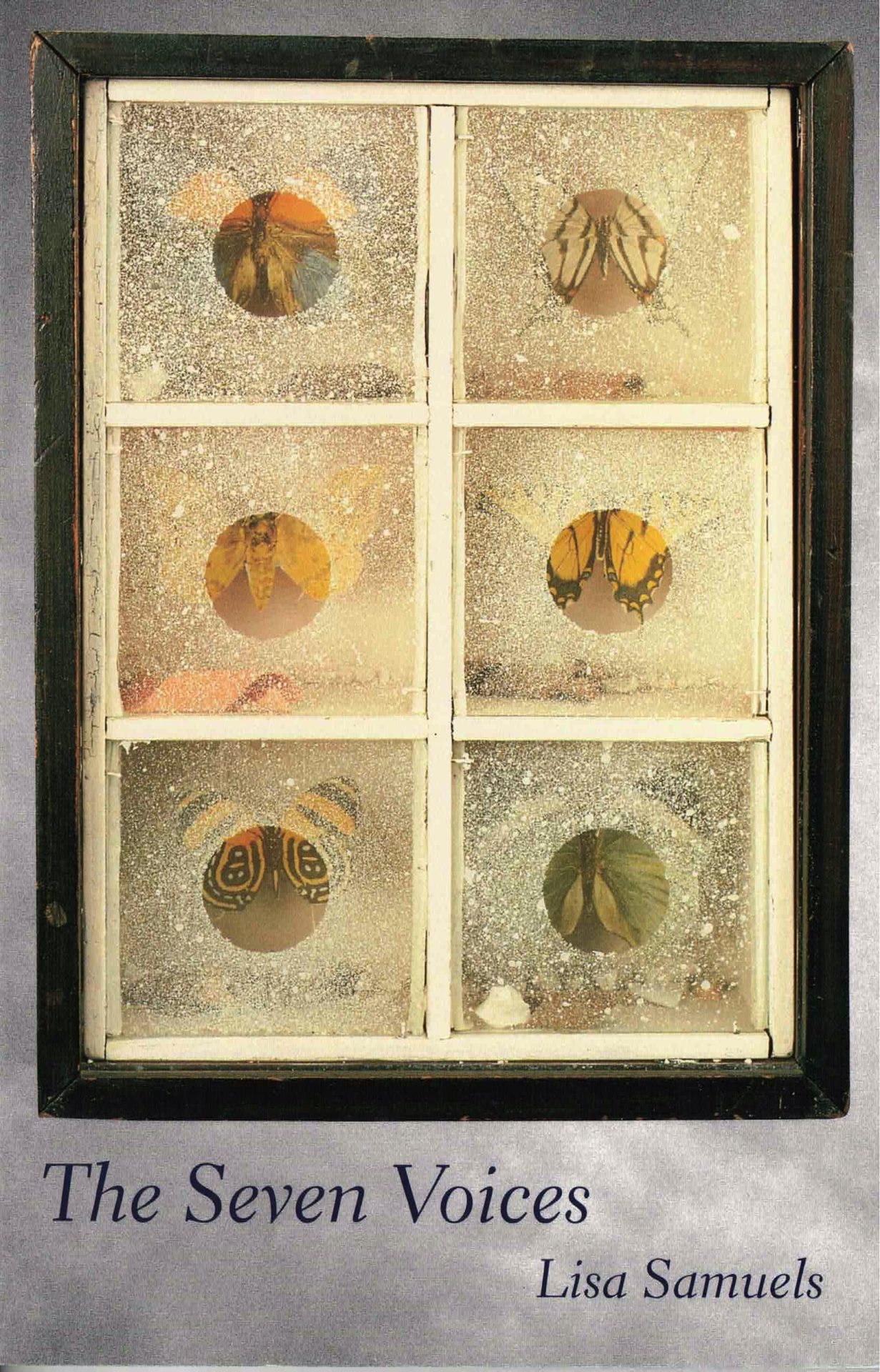The polylingual works in A Transpacific Poetics conceive ocean as consequence, map, identity, visibility, invisibility, and the embodiment of cultural imaginaries layered over by histories of colonization in the globalized present. This collection of poetry, essays, and poetics is committed to transcultural experimental witness in both hemispheres of the Pacific and Oceania. Each piece is a unique intervention that considers the possibilities of meaning in and of the Pacific, the contentious prefix “trans-”, and the intersections between place, politics, and language. What is the work of poetics in the midst of language in crisis, under continuous threat of being emptied out of meaning? How do we shape discourses of rights and equality that work against and through destructive fragmentations and fruitful internal differences when we consider “trans” in terms of water, land, borders, the body, and the state?
Sawako Nakayasu
Lisa Samuels
Praise for A Transpacific Poetics
A Transpacific Poetics beautifully inscribes what the Barbadian poet Kamau Brathwaite would call ‘tidalectics’ by following multiple voice waves across the region and by capturing their registers in an astounding range of genres. A collection of poetry and prose that includes entries such as memory cards, lists and palimpsests, counting journals, scripts, the necropastoral, and critical essays, readers will follow the rhythms of translation and the transcultural, where wavescrashwavescrashwavescrash.
—Elizabeth Deloughrey
A Transpacific Poetics brings both the “trans-” and the “Pacific” back into a freshened and freed up para-scholarly poetics that goes on conjugating place, language, nation, form, and self into a strange new transcultural mix. The effect is that of opening up a multiplied belonging to contemporary Oceania that is at once creatural and ecological, defamiliarizing, wary, unsettled, far-flung, near. Mixing poetry and poetics, the works are activating, dismantling, criss-crossing transpacific spaces and local mores like balikbayan boxes via writings that cross border and boundaries into mongrel zones of sustained transpacific experiment. Herein, Hawai’i, Guam, the Philippines, Chile, Australia, Korea, Aotearoa, Thailand, Japan, and California are made to connect, fracture, decompose, multiply and undo prior or more settled national frames, enacting an uncanny “transpacific poetics” from Australasia into the Americas… The result is something that calls out for contemporary poetic and scholarly reckoning.
—Rob Sean Wilson, Professor of Literature, Creative Writing & Cultural Studies at the University of California at Santa Cruz
Like the ancient Carolinian (Micronesian) seafaring technique of etak, of “moving islands,” which permits employment, of finding one’s place, by dint of three moving reference islands (or reefs), A TransPacific Poetics triangulates the tensions between the routes of itinerant identities and their deep cultural rootedness to specific archipelagic homelands with what is referred to as the “tactiles” of “distributed centers.” The result or outcome is a collection of substantive and therefore compelling testimonies to how cultural depth is accomplished through purposive and considered geographic reach and vise versa, how cultural reach across one’s horizon can indicate the geographic depth of one’s ancestral homelands and traditions.
—Vincente M. Diaz





[T]his is a regional trans-Pacific anthology—the first of its kind—that privileges the work of writers defined by the Pacific Ocean… As a collection framed around such a poetics, Samuels and Nakayasu deploy the “trans” of transitivity, transnationalism, and TransPacific to go beyond geography, using the “betweenness” of the term to explore language, cultural identity, sexuality, and formal poetic techniques.
—Robyn Maree Pickens, Jacket2
A TransPacific Poetics is not an anthology in the traditional sense, in which the work claims to represent a certain group or cultural identity. Instead, the editors conceptualize the collection as generative, gesturing toward as-yet unexplored identities.
—Mia Ayumi, Hyphen Magazine